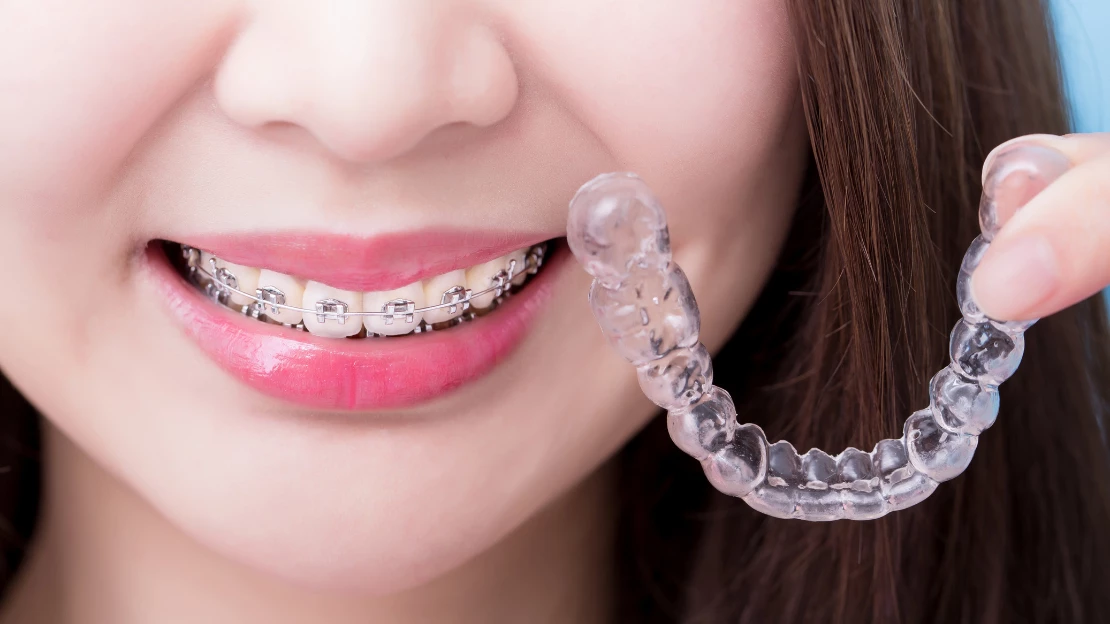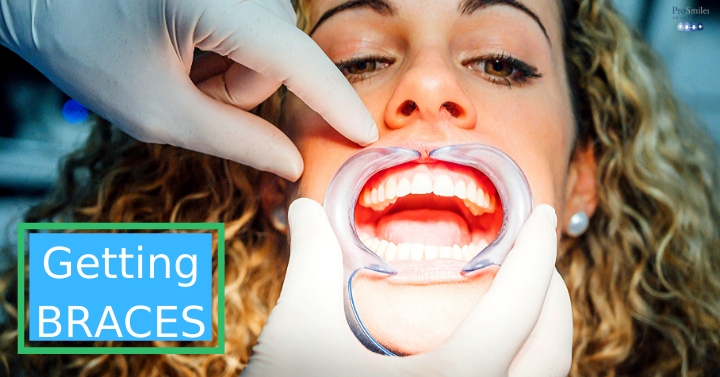3 Simple Techniques For Legacy Orthodontics
Wiki Article
The 2-Minute Rule for Legacy Orthodontics
Table of ContentsThe Of Legacy OrthodonticsNot known Factual Statements About Legacy Orthodontics Getting The Legacy Orthodontics To WorkNot known Facts About Legacy OrthodonticsLittle Known Facts About Legacy Orthodontics.
In enhancement, we offer flexible treatment routines, adaptable repayment choices and an enjoyable, satisfying experience.An orthodontist is a dental professional trained to identify, prevent, and deal with teeth and jaw irregularities. Orthodontists function with people of all ages, from kids to adults.
Malocclusion, or misaligned teeth, can result in dental problems, including tooth degeneration, gum tissue condition, and challenging or agonizing eating. Yet not everyone is birthed with straight teeth. If you have a bad bite or huge areas in between your teeth, you may wish to get in touch with a dental professional focusing on orthodontic treatment.
Some Known Factual Statements About Legacy Orthodontics
( Image Debt: DigitalVision/Getty Images) Orthodontists make use of dealt with and removable oral gadgets, like braces, retainers, and bands, to change the placement of teeth in your mouth. Orthodontic treatment is for dental problems, consisting of: Jagged teethBite problems, like an overbite or an underbiteCrowded teeth or teeth that are as well far apartJaw misalignmentThe objective of orthodontic therapy is to boost your bite.While you may assume of orthodontists as mostly for kids or teenagers that need braces, they can fix dental problems at any age. Orthodontists participate in college, oral school, and orthodontic institution.
, but not all dentists are orthodontists. They focus on 2 areas: Exactly how to effectively and securely relocate teeth Just how to properly guide development in the teeth, jaw, and faceOnce an orthodontist has finished training, they have the alternative to end up being board licensed.
9 Simple Techniques For Legacy Orthodontics
Imbalance, or malocclusion, is the most typical factor individuals see an orthodontist. It is genetic and is the outcome of size distinctions in between the top and lower jaw or between the jaw and teeth. Malocclusion results in tooth congestion, an irregular jaw, or irregular bite patterns. Malocclusion is typically treated with: Your orthodontist attaches metal, ceramic, or plastic square bonds to your teeth.If you have only minor malocclusion, you might be able to use clear dental braces, called aligners, instead of typical braces (https://trello.com/u/legacyortho). Some people need a headwear to help move teeth into line with stress from outside the mouth. After dental braces or aligners, you'll require to use a retainer. A retainer is a custom-made tool that keeps your teeth in place.
They can develop additional space in the mouth without having to pull teeth. Orthodontists make use of cords, medical screws, or plates to sustain your jaw bone.
You might need to see an orthodontist if you have: Crowding or not sufficient area for all of your teethOverbite, important source when your top teeth come over your base teethUnderbite, when your base teeth are also far forwardSpacing or concerns with gapsCrossbite, which is when your top teeth fit behind your base teeth when your mouth is closedOpen bite or a vertical gap between your front bottom and top teethMisplaced midline, when the center of your base and upper teeth don't line up Remedying an oral malocclusion can: Make biting, eating, and speaking easierImprove the symmetry of our face and your overall appearanceEase pain from temporomandibular joint problemsDifferent your teeth and make them much easier to clean up, assisting stop tooth degeneration or tooth cavities It's often a dental practitioner who first notifications misaligned teeth during a routine test.
The Greatest Guide To Legacy Orthodontics

Throughout your first orthodontic assessment, you'll likely have: An oral examPhotos taken of your face and smileDental X-raysPanoramic (360 degree) X-rays of your face and headImpressions to create molds of your teethThese tests will aid your orthodontist understand how to continue with your treatment. braces. An orthodontist is a dental expert that's had training to treat your teeth and jaw
Orthodontists may do surgical procedure, exams,X-rays,and even more to help you obtain a much more comfortable, healthier smile. An orthodontist is concentrated on your bite, so something like a broken tooth would be managed by a dental practitioner. Orthodontists are dental experts but not all dental experts are orthodontists. Orthodontists are concentrated on your bite, or the method your teeth fit together, and the straightness of your teeth. Ever before asked yourself how celebs constantly seem to have completely lined up teeth? The solution commonly exists in the knowledgeable hands of an orthodontist. Yet what precisely does an orthodontist do? Orthodontists are oral professionals that concentrate on remedying abnormalities in the teeth and jaws. Their competence exceeds simply developing a stunning smile; it encompasses enhancing your general dental health and function.
A Biased View of Legacy Orthodontics

While braces are the most frequently recognized orthodontic treatment, orthodontists have a varied toolkit at their disposal. The specific approach picked depends upon the severity of the situation, the person's age, and private preferences. These tried-and-true braces use a system of braces adhered to the teeth and linked by cables.
Clear aligners, like Invisalign, are a popular alternative for individuals seeking a much more very discreet treatment choice. These removable trays are tailor-made to considerably shift the teeth's placement. Headgear might be used combined with dental braces or aligners to apply added targeted pressures, specifically for remedying jaw inconsistencies. In instances of narrow jaws, palatal expanders can be made use of to develop area for appropriate tooth positioning.
Report this wiki page